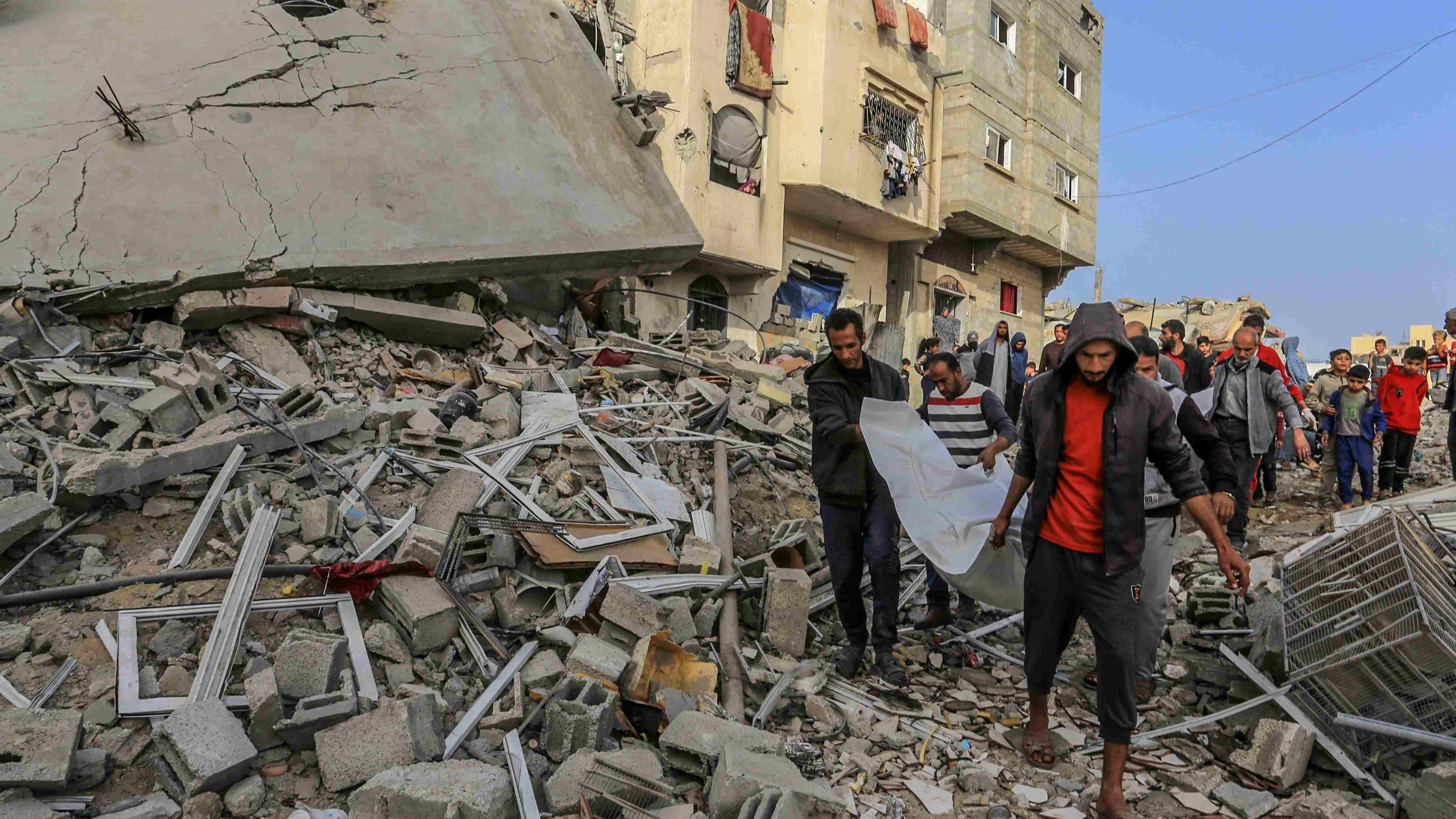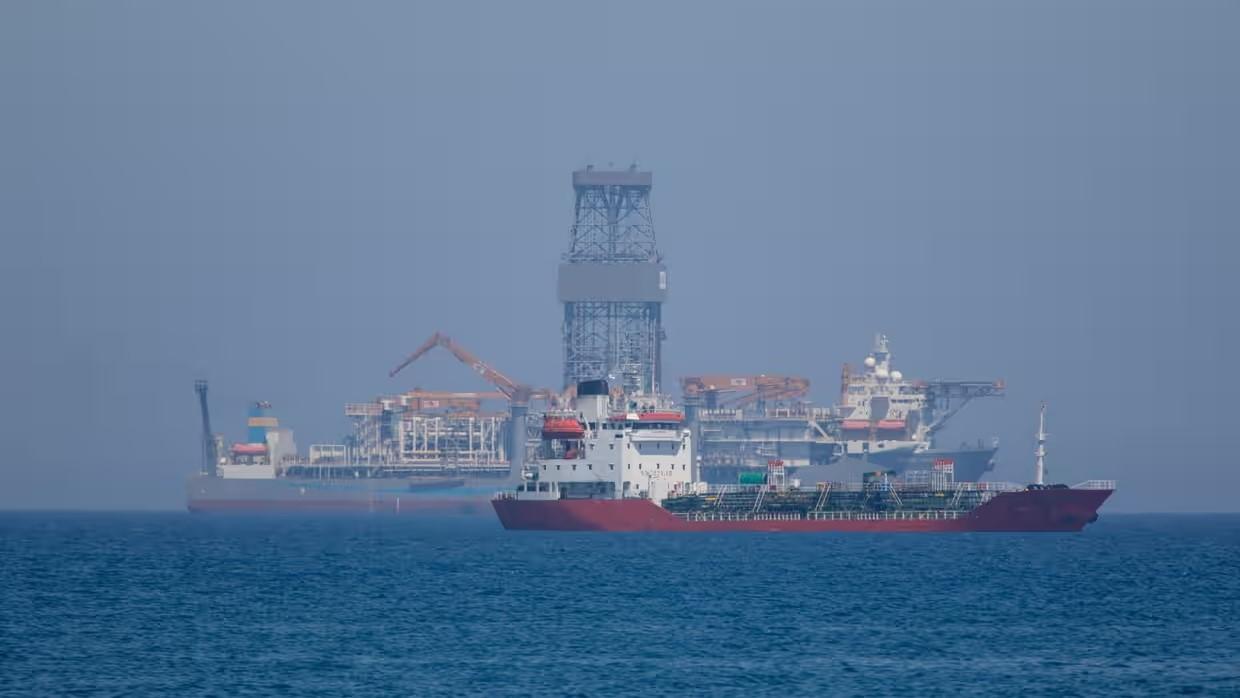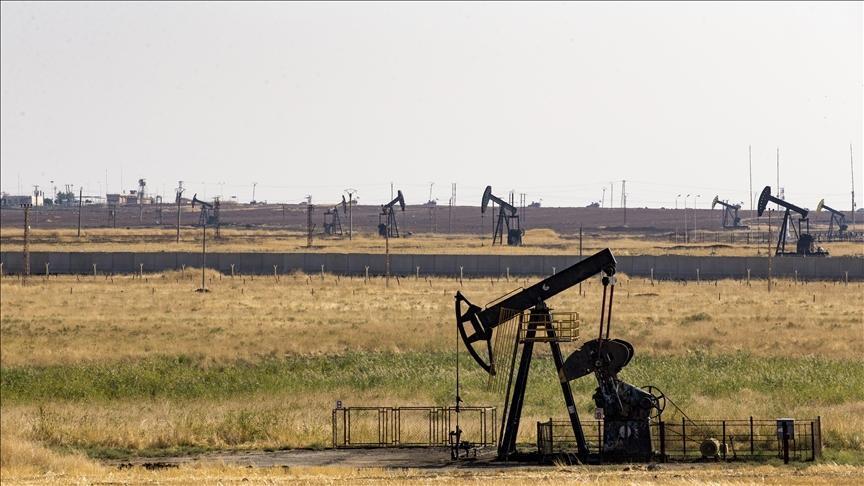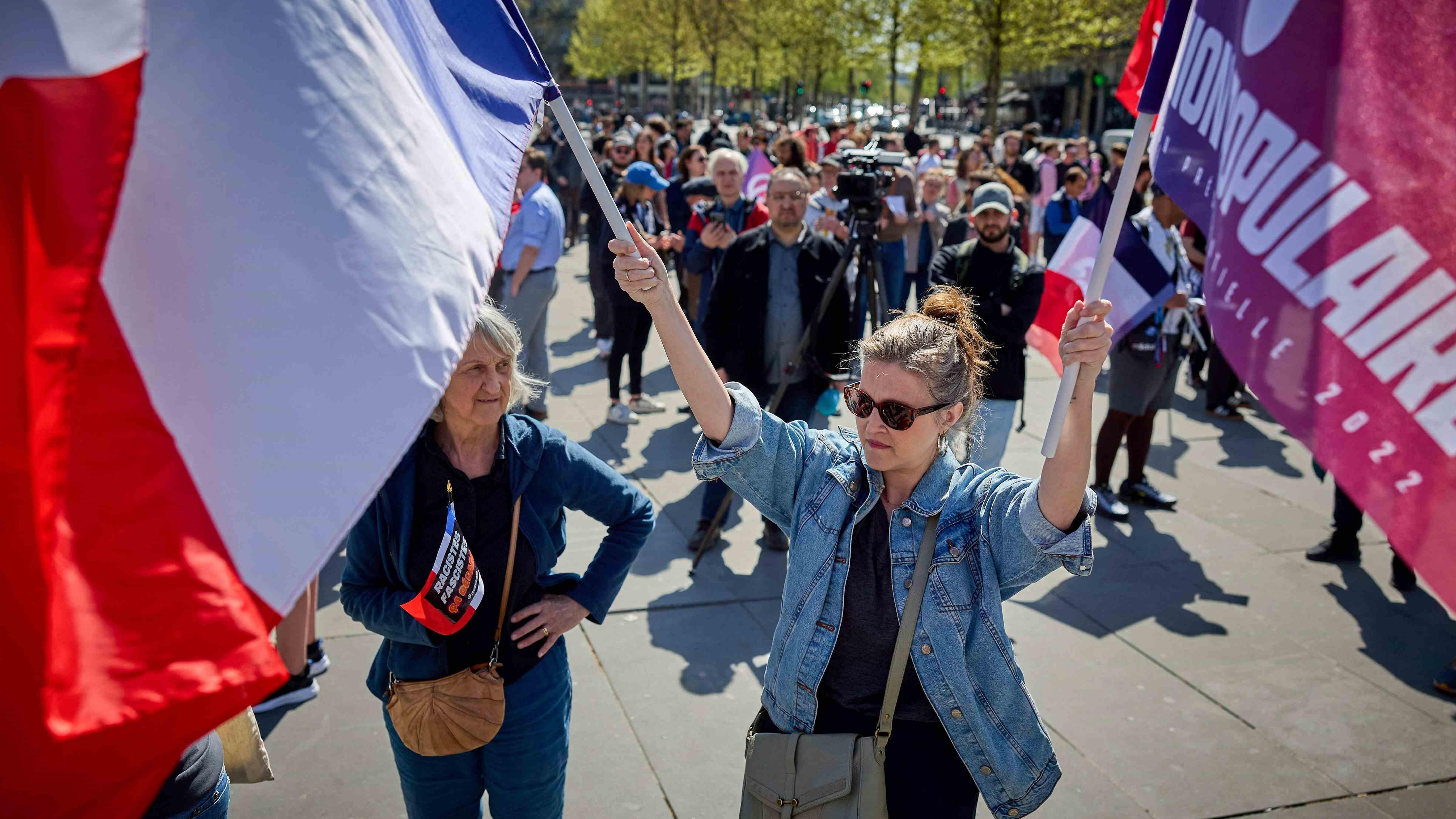Partnering to end violence against women
James Larsen
On the International Day for the Elimination of Violence Against Women, we are reminded of the horrific acts of violence against women that take place every day – particularly in Australia and across the Pacific, in the countries of the Indian Ocean Rim and beyond.Violence against women persists as one of the most heinous and prevalent human rights abuses.
While there is no shortage of good work being done in every country, the statistics remain deeply disturbing, and the impact of violence on individual lives and on the well-being of our communities is devastating.
Globally, more than one in every three women has been beaten, coerced into sex, or abused in some other way, most often by someone she knows, including her husband or another male family member. In some parts of the Pacific, the reported rate is as high as two in three surveyed women. In Australia, one woman is killed every week by a current or former partner.
Australia’s National Council to Reduce Violence Against Women and their Children reported that in 2009 violence against women and their children cost the Australian economy an estimated AU$13.6 billion and, without appropriate action, this could rise to AU$15.6 billion by 2021-22.
Violence affects women first and foremost, but also their children, families and communities. However, it is also a burden on national economies, as well as a barrier to lasting peace and a threat to sustainable national development.
International evidence shows we can create the change necessary to prevent such violence. To do this, we must address the attitudes and behaviors that perpetuate, justify, excuse and fail to counter such violence.
Australia recently launched its Second Action Plan: Moving Ahead 2013-16 which unites the Australian community to make a significant and sustained reduction in the levels of violence against women and their children. During the Second Action Plan, we expect that cultural change will advance; women will feel encouraged to report their experiences; and more members of the Australian community will actively reject violence.
Recognizing that violence against women is an issue that affects women and girls around the world, Australia is committed to supporting and partnering with other countries to end violence against women.
We have also contributed more than AU$30 million to ending violence against women and girls in Pakistan and Afghanistan since 2013. This funding is providing support services for women and their children, as well as innovative approaches to engaging with men, women, religious and community leaders to challenge attitudes and behaviors that tolerate violence against women.
Women are particularly susceptible to violence during times of conflict, emergencies and crisis. This is why Australia’s Minister for Foreign Affairs is a Champion of the United Kingdom’s Preventing Sexual Violence in Conflict Initiative. It is also why Australia is active at the United Nations Security Council (UNSC) to promote the Women, Peace and Security agenda. In October this year, Australia’s Ambassador for Women and Girls, Natasha Stott Despoja, attended the UNSC Open Debate on Women Peace and Security, drawing attention to the particular vulnerability of women and girls displaced by conflict and calling for an end to sexual violence in conflict.
Each individual, community and government has a responsibility to speak out against violence against women. In our workplaces, in our schools and universities, in our communities and in our homes, we must all say “enough.”
Australia’s prime minister is leading by example as a White Ribbon Ambassador. At the highest level of the Australian Government, Prime Minister Tony Abbott has made clear that Australia has zero tolerance for violence against women.
Our collective efforts are needed to achieve profound and lasting change around the world; not just for the benefit of women and girls, but for all of us.
*James Larsen is the Australian Ambassador to Turkey











